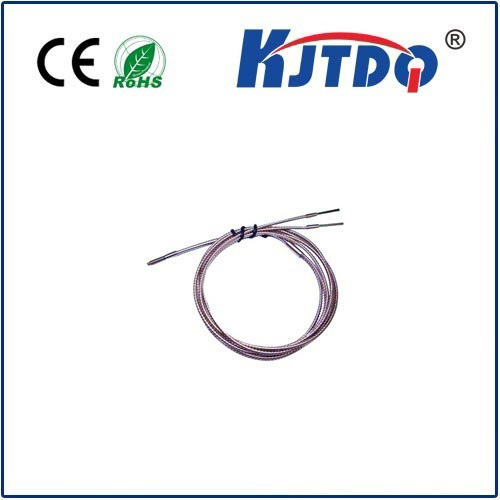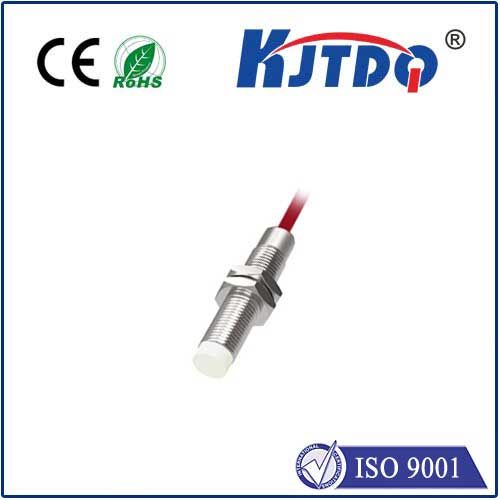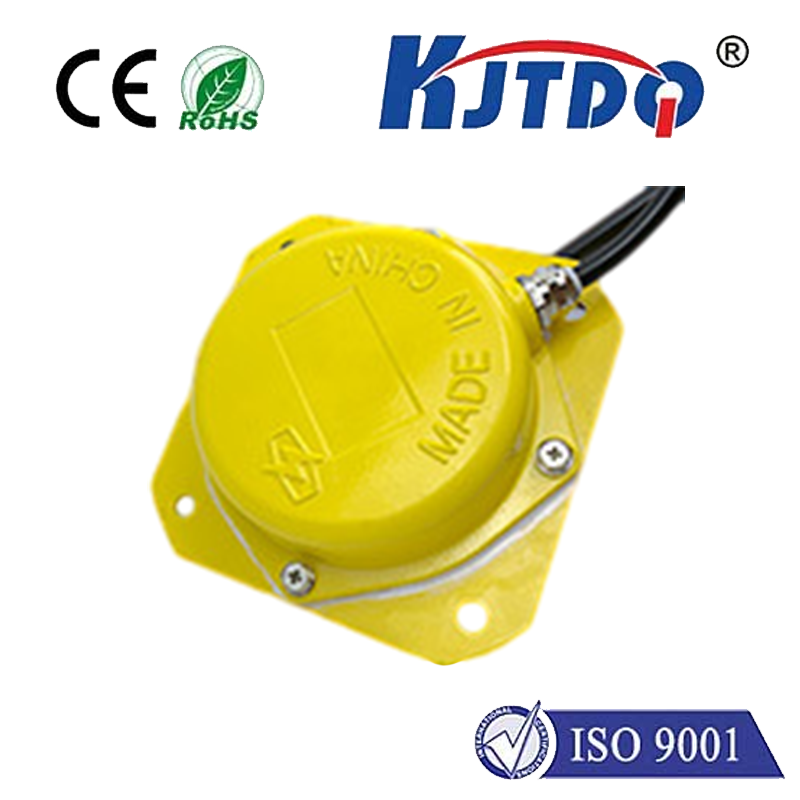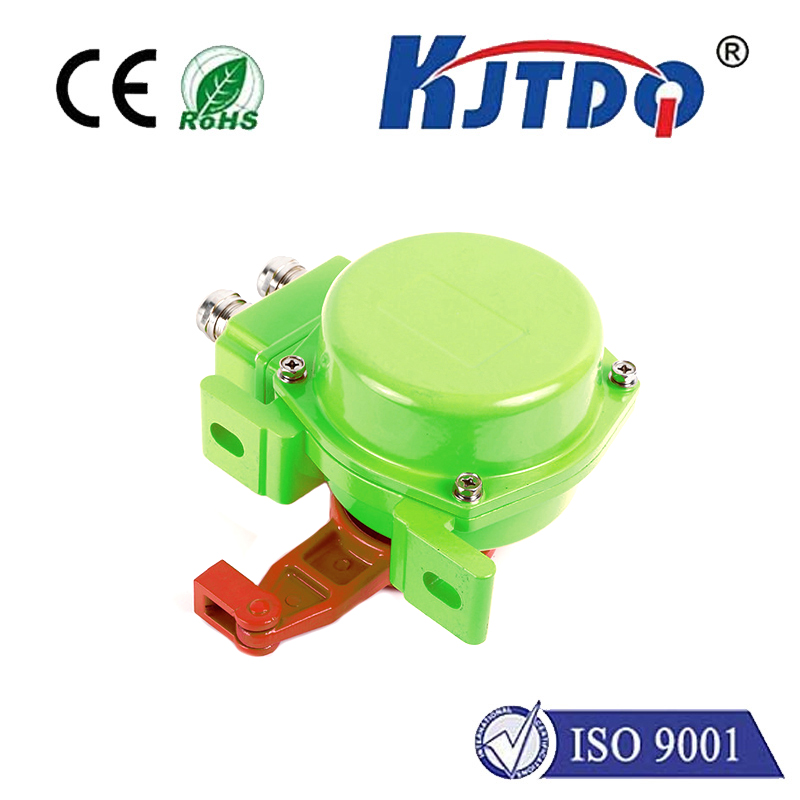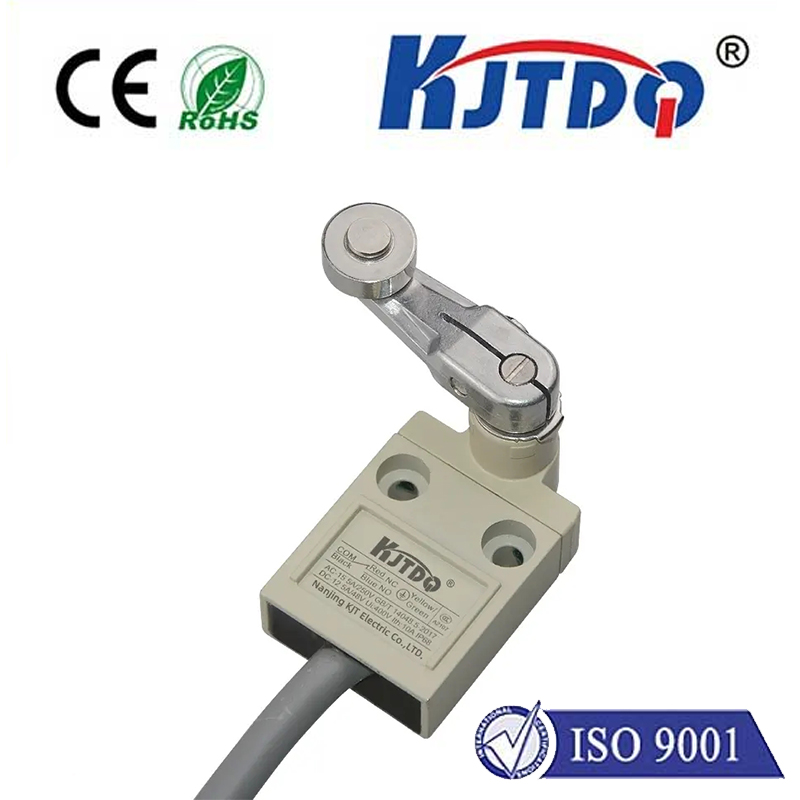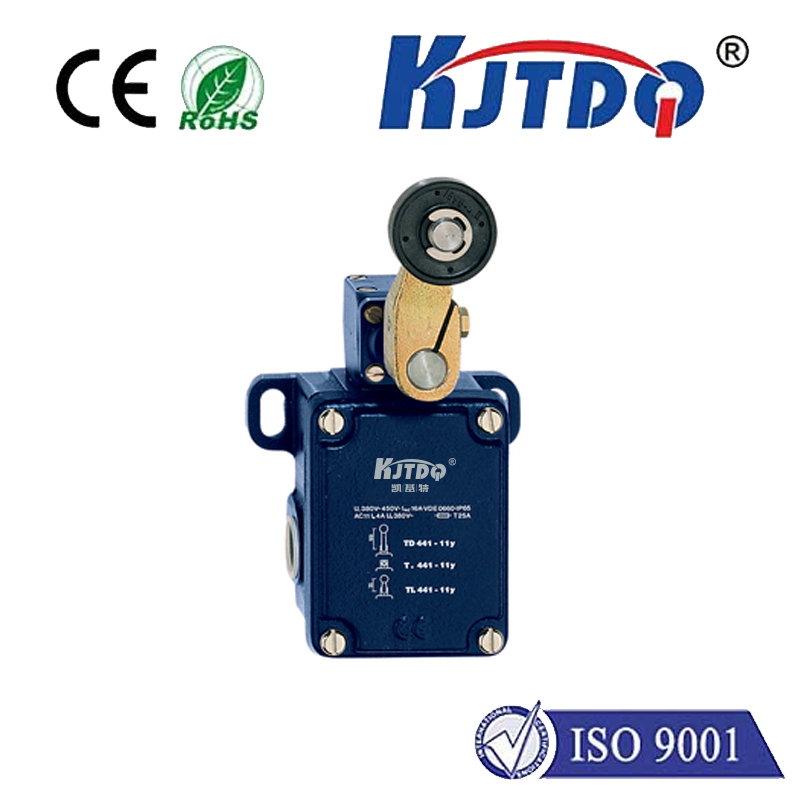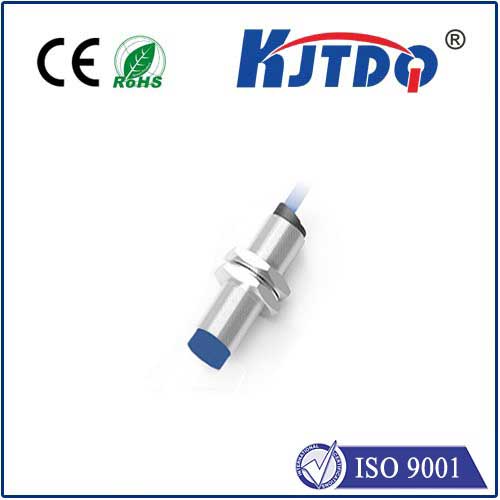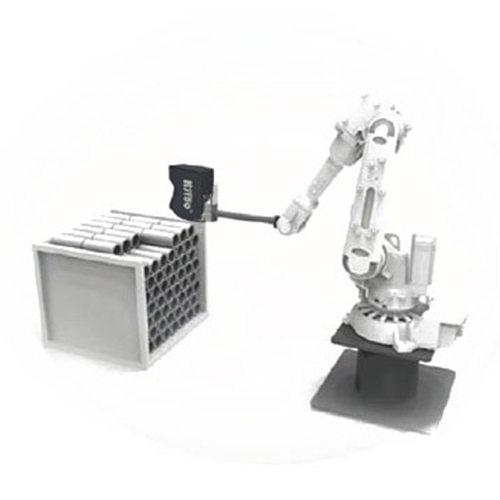anti two block limit switch
- time:2025-08-02 00:15:15
- Click:0
Anti Two Block Limit Switch: Your Crane’s Guardian Against Catastrophic Collision
A sudden metallic screech echoes across the construction site. Workers look up in horror as the crane’s massive hook block hurtles towards its own boom tip. This terrifying scenario, known as “two-blocking,” is precisely why the unsung hero of crane safety exists: the Anti Two Block Limit Switch.
In the high-stakes world of lifting operations, where tons of materials soar overhead, safety isn’t just a priority – it’s an absolute necessity. Among the most critical safeguards designed to prevent catastrophic accidents is the anti two block limit switch (ATB limit switch). This specialized device is a crane’s last line of defense against one of its most dangerous inherent risks: the collision between the hook block or load and the boom tip or fixed upper structure. Understanding its function, importance, and proper application is paramount for any operation involving cranes.
The Peril of Two-Blocking: Why This Switch Matters
Two-blocking occurs when the lifting hook assembly is raised too high, making forceful contact with the crane’s boom point sheaves or fixed upper structure. The consequences are often devastating:
- Structural Damage: The immense forces involved can instantly damage or destroy the boom tip sheaves, the hook block, wire ropes, or even bend or buckle the boom itself. Repairs are costly and cause significant downtime.
- Dropped Load: The impact can cause the load line to part or release the load entirely, sending tons of material plummeting to the ground with potentially fatal consequences.
- Boom Collapse: In severe cases, the shock load and structural compromise can lead to a partial or complete boom collapse, endangering everyone in the vicinity.
- Personnel Hazard: Flying debris, snapped cables, and a falling boom or load create an extreme danger zone.
The Lifesaving Role of the Anti Two Block Limit Switch

The ATB limit switch is engineered as an automatic safety cut-off. Its sole purpose is to detect the imminent danger of a two-block event and immediately halt the hazardous motion – typically the hoisting up function – before contact occurs. Here’s how it typically functions:
- Activation Mechanism: The switch employs a physical actuator arm, lever, or a tensioned wire/cable system. This mechanism is strategically positioned and calibrated to engage just before the hook block reaches the minimum safe distance from the boom tip. As the hook block rises dangerously close, it contacts or tensions the actuator.
- Circuit Interruption: Contact with the actuator triggers the switch. This action opens or closes an electrical circuit within the crane’s control system.
- Safety Shutdown: The altered circuit signal commands the crane’s control system to cut power to the hoist-up function. An audible and/or visual alarm often activates simultaneously to alert the operator.
- Preventing Collision: By stopping the upward hoist motion, the anti two-blocking system prevents the physical collision, protecting personnel, the load, and the crane itself.
Key Characteristics and Types
Modern anti two block devices come in various configurations, but share core principles:
- Robust Construction: Built to withstand harsh environments – dirt, dust, moisture, vibration, and temperature extremes common on job sites.
- Fail-Safe Design: Engineered to default to a “safe” state (typically triggering a shutdown) if the mechanism fails, loses power, or suffers damage. Redundancy features are sometimes incorporated.
- Precise Calibration: Must be meticulously set based on the crane’s specific configuration (boom length/angle, block type, reeving). Regular calibration checks are vital.
- Common Types:
- Mechanical Lever Switches: A physical arm that is pushed by the rising block or ball.
- Tension Wire Switches: A wire runs from near the boom tip down to the hook block. When the block rises too high, the wire slackens, triggering the switch.
- Rotary Cam Switches: Often integrated into the boom tip sheave assembly, detecting when the rope angle becomes too steep.
- Proximity Sensors (Less Common): Use magnetic or ultrasonic fields to detect the block’s approach without physical contact.
Beyond Compliance: Tangible Benefits
Investing in and properly maintaining a functional ATB limit switch delivers substantial advantages:
- Enhanced Personnel Safety: Drastically reduces the risk of injury or death from dropped loads or structural failures – the paramount concern.
- Asset Protection: Prevents expensive damage to the crane’s boom, sheaves, wire ropes, and hook block, extending equipment life and reducing repair costs.
- Minimized Downtime: Avoiding major accidents means avoiding the extensive downtime associated with repairs, investigations, and potential regulatory stoppages.
- Operational Efficiency: Operators can work with greater confidence, knowing a critical safety backup is in place, potentially improving productivity within safe limits.
- Regulatory Compliance: Compliance with stringent safety standards like OSHA (Occupational Safety and Health Administration) regulations and industry-specific crane codes (e.g., ASME B30.5) is non-negotiable. A working ATB system is a fundamental requirement.
Ensuring Effectiveness: Maintenance is Key
Like any critical safety component, an anti two block limit switch is only as good as its maintenance and operation:
- Pre-Operational Checks: Operators must visually inspect the switch mechanism, actuator, and wiring for damage or obstructions before each shift. Functionality tests (simulating activation safely) should be performed daily or as per manufacturer/corporate policy.
- Regular Calibration: The critical activation point must be verified and adjusted periodically by qualified technicians, especially after boom length changes, component replacements, or suspected impacts. Refer to the crane manufacturer’s manual.
- Environmental Protection: Keep mechanisms clean and free of debris, ice, or paint buildup that could impede movement. Ensure electrical connections are sealed and corrosion-free.
- Never Bypass: Intentionally bypassing or “jumping out” an ATB switch is extremely dangerous and illegal. If the switch malfunctions, the crane must be taken out of service immediately until repaired by qualified personnel.
- Operator Training: Operators must thoroughly understand what the switch does, why it activates, the sounds/alarms it triggers, and that its activation requires immediate cessation of hoist-up movement (only hoist-down is usually permitted to lower the block away from danger).
Selecting the Right Protection
When specifying or retrofitting an anti two block solution, consider:
- Crane type and configuration (mobile, tower, overhead).
- Operating environment (harshness, temperature range).
- Compatibility with existing crane control systems.
- Reliability and reputation of the manufacturer.
- Ease of inspection, testing, and calibration.
The anti two block limit switch is far more than just another component; it is a fundamental, life-preserving technology silently standing guard against one of the crane industry’s most hazardous events. Prioritizing its proper selection, rigorous maintenance, and respecting its function is not merely compliance – it is an essential commitment to safeguarding lives, property, and the continuity of safe lifting operations. Never underestimate the critical role this small device plays in preventing monumental disasters.






